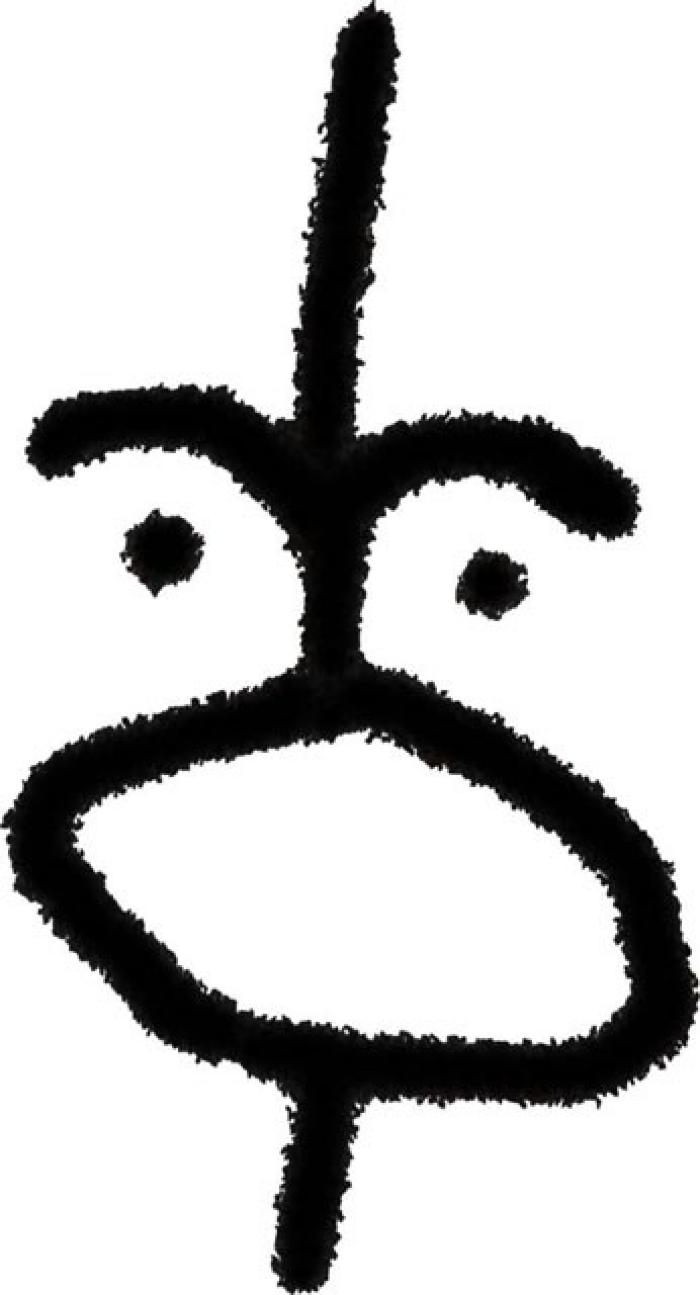Mouth — Qaneq

In Alutiiq art, portrayals of the human mouth carry a great deal of symbolism. This is particularly true with masks and dolls. According to anthropologist Dominique Desson, very few Alutiiq masks present strictly human features. Many seem to convey an “otherness” by mixing animal and human characteristics. This mix of features suggests the presence of spirits who have only partially revealed their human form.
Like the artwork on Alutiiq bentwood hunting hats, masks and dolls often incorporate bird imagery, particularly a beak-like mouth. A beak may be represented in many ways, from naturalistic to highly stylized. Similarly, the mouths of dolls are often portrayed as a narrow triangle, pointing downward toward the chin. This may symbolize a beak, the deformation of the mouth created by a pair of labrets (lip plugs), or both. Some anthropologists believe that labrets symbolically transformed the mouth into a beak.
Other portrayals of the human face feature circular mouths, representing an individual who is whistling. Like beak-shaped mouths, these mouths represent a tie to the spirit world. Whistling was the way that a spirit talked.
